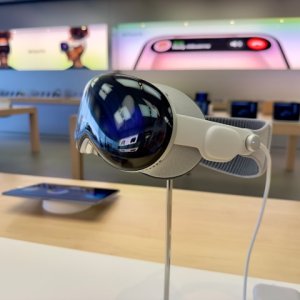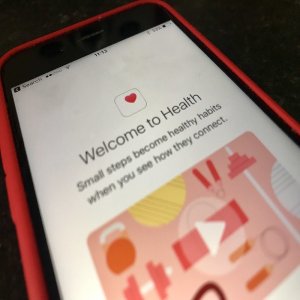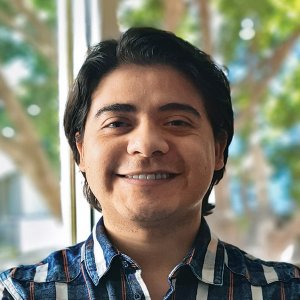Genetics as a Base of Prevention, Personalized Medicine

STORY INLINE POST
Q: What are the clinical and technological bases for nutriADN tests and how do these translate to practical solutions for patients?
A: We use Next-Generation Sequencing (NGS) technology to extract genetic information and then run an algorithm on the population bases or variables that predominate ethnicities, such as Caucasian, Hispanics and Asians, that are present in the Mexican population. This differentiates us from other tests in Latin and North America that only consider the local ethnicities. The added value of our solutions comes after the results. nutriADN service start with a detailed interpretation of the results and assigns a follow up program for every patient personalized to their results and needs.
We are physically located in Monterrey, nonetheless tests can be delivered to other states and with virtual follow-ups. We do believe in the importance of in-person consultations, so we are considering opening clinics in Guadalajara and/or Mexico City. We are also expanding our reach in personalizing nutrition treatments based on hormones behavior for polycystic ovary syndrome, gastrointestinal tests for microbiota data and pharmacogenetic tests for precision medicine.
Q: How do your lifestyle and chronic disease tests differ and where do you see a greater development opportunity?
A: Our lifestyle solutions target those who already take care of their health or want to begin to do so, while our clinical tests aim to determine predisposition to chronic diseases. The latter are very popular in middle-aged adults (36-55 years old) who are concerned about their hereditary predisposition to specific diseases like breast cancer, cardiovascular diseases and other metabolic disorders. The female Mexican population was found to have a large predisposition to breast cancer and by analyzing the gen BRCA1 and gen BRCA2, we are able to know if that patient has a particular risk to develop this type of cancer. These tests, however, will not predict if the person will develop cancer or not; they just determine their predisposition. After diagnosis, we develop programs for the following three to six months that include nutritional, physical training and lifestyle recommendations. This accompaniment has been the key attractor of users. On the early stage of nutriADN, I saw that health professionals did not perceive much value from genetic testing, but now it is a valuable tool to understand their patient needs and personalize their nutrition and lifestyle decisions.
We have an additional service for fetal DNA testing, which can be done from the 10th week of pregnancy with a peripheral blood sample. This test allows us to sequence the fetus' DNA to look for genetic variants in the genome and identify trisomy’s, aneuplodies, or any other genetic disorder that help the gynecologist and maternal fetal specialist have a reliable and secure diagnosis. This solution is an alternative to the invasive amniocentesis study, which has helped us position the test among gynecologists without endangering the pregnancy of their patients.
Q: How do you reach your users and what specific profiles do you target with your solutions?
A: We began our approach to patients through nutritionists and doctors, who we train and empower to perform genetic testing and get the most information of the results. We saw that genetics is covered very broadly in nutrition/medical education and we started providing with workshops and certifications on applied genetics. Based on scientific evidence, we developed programs to empower health professionals and help them understand the benefits and results of the tests. We have now created a network of over 370 nutritionists, doctors and health centers who use our tests as a preventive screening tool.
Q: How does nutriADN measure the success rate of its follow-up services to ensure a real impact on patients’ health?
A: We have identified that over 71 percent of patients report a long-term improvement in their lifestyle. Which is a lot comparing to traditional checkups or general physician visits. The majority of these patients made significant changes thanks to their personalized results and the support we provided to adapt them to their lifestyles. The personalized results provide an extra motivation to patients to truly improve their habits.
Q: What is the company’s goal as part of the new edition of HealthX?
A: HealthX is a health entrepreneur ecosystem with a different vision of medical practice, medtech and innovation. All members complement each other. For instance, we partner with a dermatology company to offer genetic tests to identify a person’s skin type and our partner creates a skin diagnostics and care plan for them.
Through the HealthX alliance, we share our experiences, successes and failures to drive innovation. The ecosystem is still new and we want to continue strengthening it to formulate better strategies.
Q: What efforts have you made with insurers to include these kinds of tests in policies?
A: We are already in talks with insurers to introduce our products, which would be rider products available right when someone purchases a policy. With the genetic information of the patient, which will only be available to them, not to the insurance companies, they can receive interpretation of their genetic profile and follow up on nutrition, exercise and lifestyle recommendations.
Knowing one’s genetics from an early age can help us avoid health conditions we might be more vulnerable to, obtain correct nourishment, prevent chronic diseases or get adequate physical activity. According to WHO, 50 percent of cancers and 75 percent of cardiovascular diseases can be prevented with a correct lifestyle, which is our main driver to achieve on our users.
Q: There is a common idea that healthy lifestyles are harder and more expensive. Why is it important to break this mindset?
A: A healthy lifestyle involves a safe environment and low levels of stress, anxiety and pollution. It also requires physical activity, sufficient sleep and healthy eating. Diets do not have to be strict or restrictive and healthy foods can be local, seasonal vegetables. Not everyone lives under the same conditions, which is why it is necessary to raise awareness about the possibilities for creating a healthy lifestyle. We have the perception that a healthy lifestyle can be expensive due to all new products (organic, non-gluten, keto, etc) that increase the price of our diet. Nonetheless, we recommend having a balanced nutrition, regular physical activity, take care of your sleep and stress levels.
nutriADN offers preventive and personalized solutions tailored to individual genetic profiles. It is based on the integration of genetic understanding through professionals of nutrition, exercise and functional medicine to optimize your health.








 By Miriam Bello | Senior Journalist and Industry Analyst -
Thu, 08/05/2021 - 10:12
By Miriam Bello | Senior Journalist and Industry Analyst -
Thu, 08/05/2021 - 10:12
















